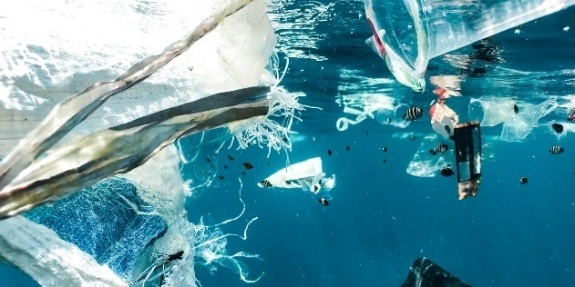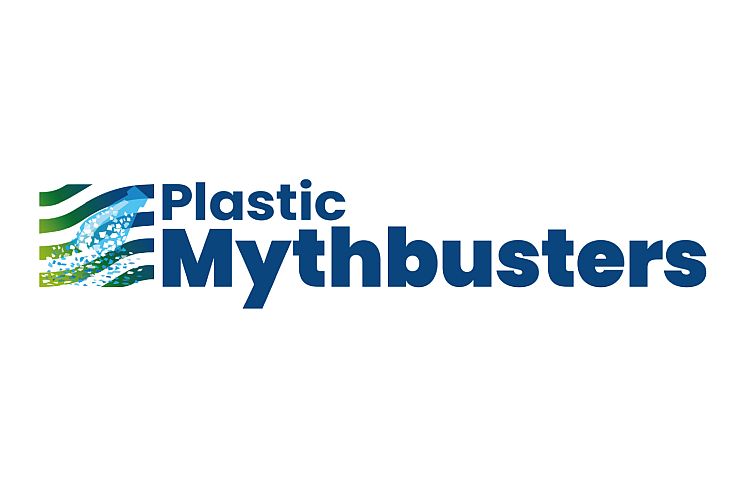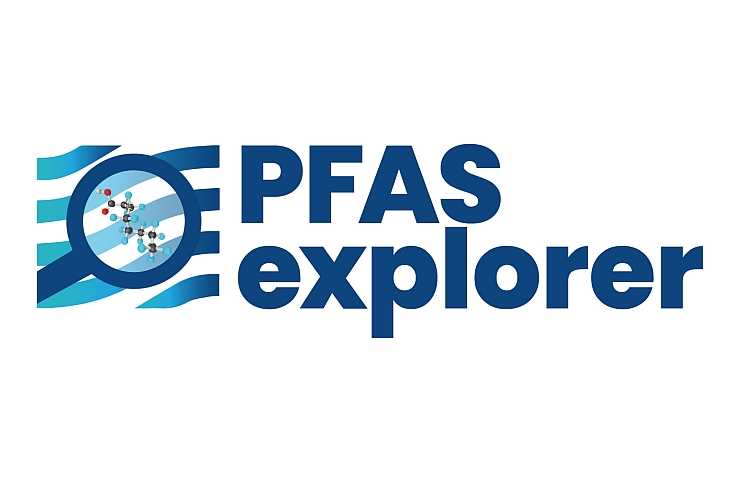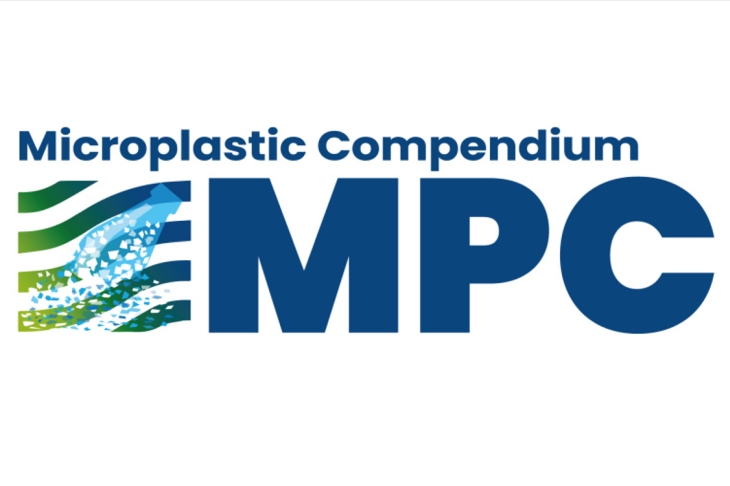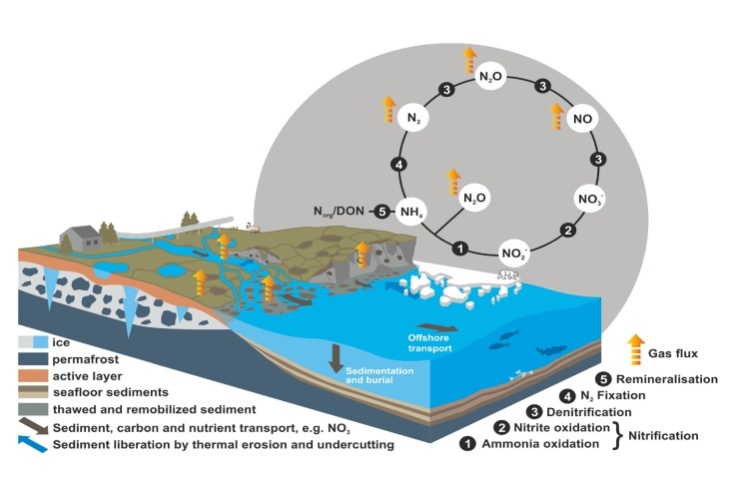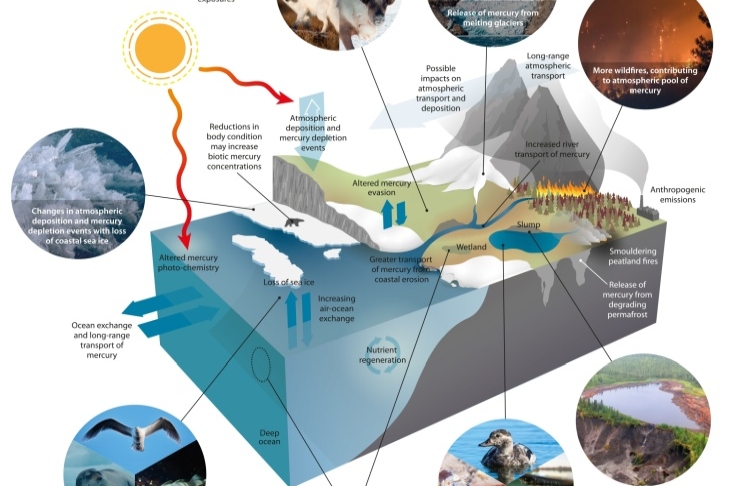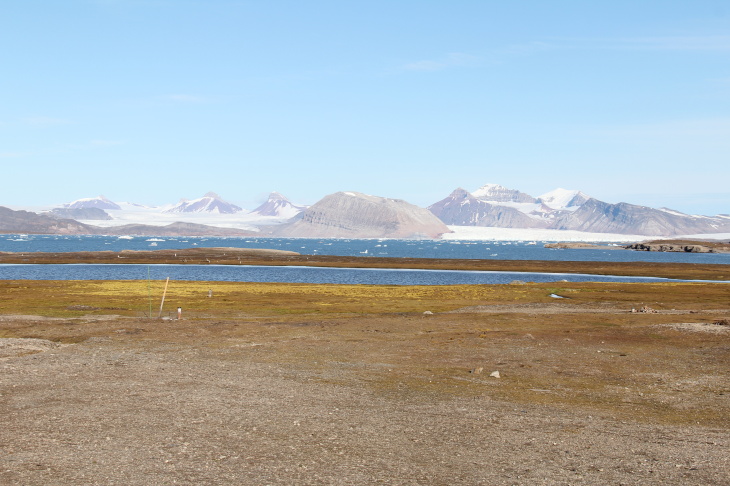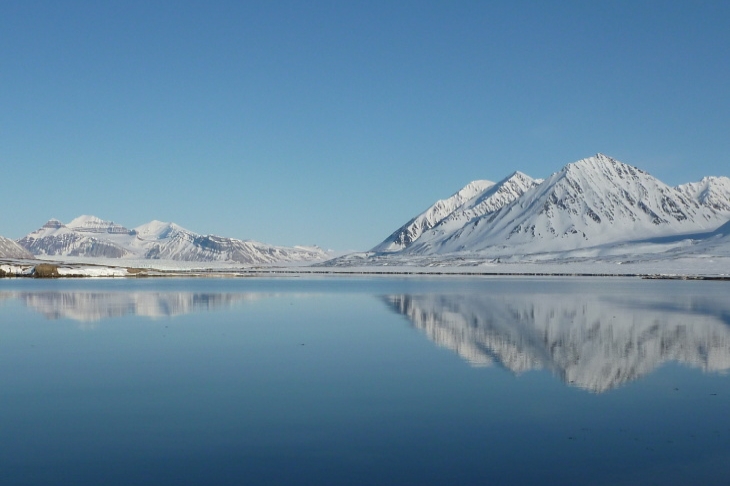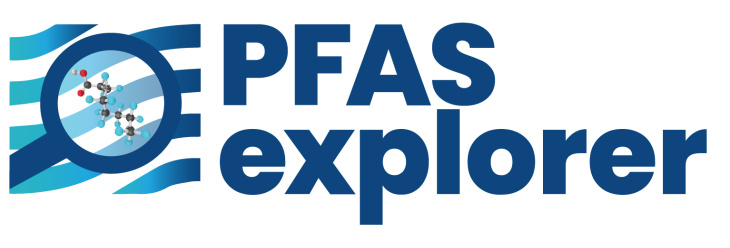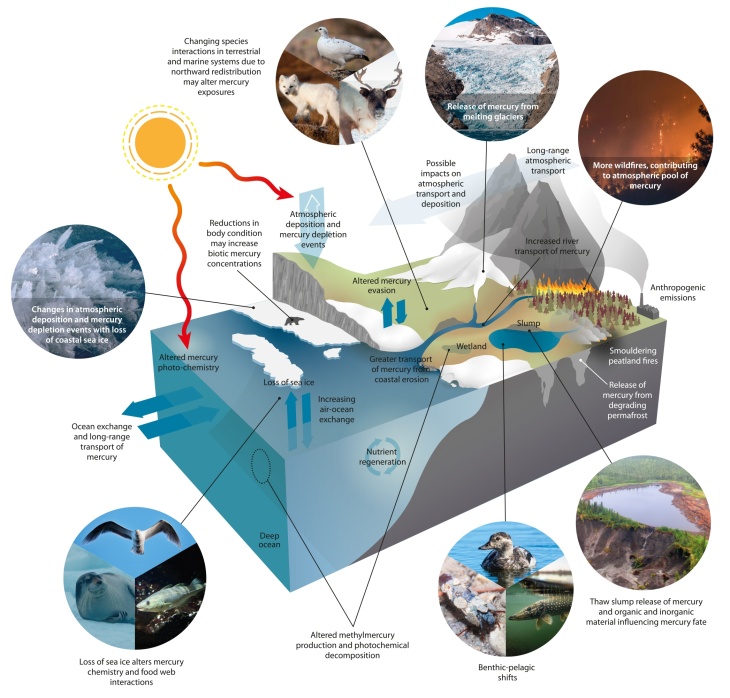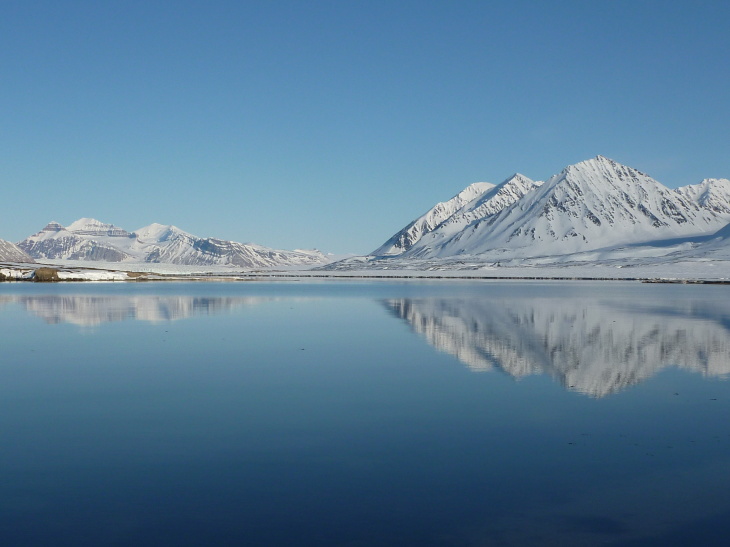Synthesis Tools
Anthropogenic plastic litter floating on ocean surface (Photo: Naja Bertolt Jensen, Unsplash)
"Addressing challenges of societal concern is needed to respond to global environmental change."
Our Synthesis Tools address challenges of global environmental change as well as of societal concern. They are information-rich products based on consolidated data of different types and origin and provide scientists and interested users with expert knowledge.
Plastic Mythbusters
Plastic Mythbusters is a quiz which fact checks popular myths and misconceptions concerning plastic pollution in the environment. It seeks to catalyse wider discussions of popular plastics related myths which regularly feature in media, public and policy discussions about the topic. Plastic Mythbusters aims to increase the scientific evidence, enhance wider understanding on the topic and create awareness of the challenges in combating this complex problem, especially when scientific evidence is still emerging.
The online resource is part of the Microplastic Compendium and it coincides with the Third Session of the Intergovernmental Negotiating Committee (INC-3) on Plastic Pollution in November 2023 in Nairobi, Kenya.
Link to the Tool
For detailed information on fact checks, context of the project, as well as a process description of the path towards an international agreement on plastic pollution
please read more here
PFAS explorer
The PFAS explorer serves as digital source of information and platform on different aspects of pollution with per- and polyfluoralkyl substances (PFAS). It targets starters in the scientific field and interested users from other areas.
Information was gathered on sources, distribution and fate of PFAS in different environmental compartments. Related concerns and potential ways forward are discussed from a scientific but also from a regulatory and political point of view.
Access the PFAS explorer
Microplastic Compendium (MPC)
The Microplastic Compendium (MPC) amalgamates the current state of existing knowledge with regard to in-depth analysis of microplastics in the marine environment. Experts from the Helmholtz-Zentrum Hereon, the Helmholtz Centre for Environmental Research (UFZ), the Alfred-Wegener-Institute (AWI), the GEOMAR Helmholtz Centre for Ocean Research Kiel and the University of Plymouth have contributed with content and special articles.
A compendium with information-rich information like this is created to address grand challenges to tackle global environmental changes, such as the pollution of the marine environment with microplastics.
Access the Microplastic Compendium
Nitrogen cycling in the Arctic region under a pressure of climate change and global warming (Review)
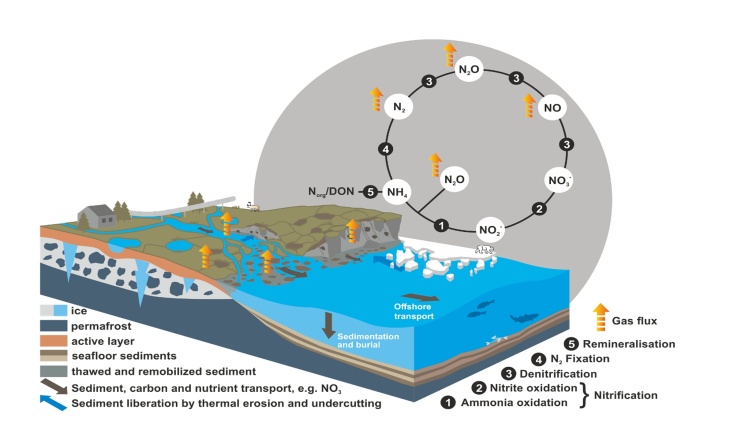
Potential response of nearshore environments (land, river, delta, and ocean) to climate change, and potential impacts to ecosystem processes and coastal biogeochemistry (adapted from Mann et al. 2022 by J. Strauss)
The Arctic is warming four times faster than the rest of the planet. Thawing permafrost releases huge amounts of organic carbon to water bodies and increases emissions of the greenhouse gases carbon dioxide (CO2) and methane (CH4). The permafrost affected soils also stores a similarly large proportion of nitrogen and other nutrients, which are also be released by thawing permafrost. This review synthesises recent research dedicated to the nitrogen cycling in the Arctic region under a pressure of climate change and global warming.
Strauss, J., Marushchak, M.E., van Delden, L., Sanders, T., Biasi, C., Voigt, C., Jongejans, L.L. and C.C. Treat (2024): Potential nitrogen mobilisation from the Yedoma permafrost domain. Environmental Research Letters.
Strauss, J., C. Biasi, T. Sanders, B.W. Abbott, T.S.v. Deimling, C. Voigt, M. Winkel, M.E. Marushchak, M. Fuchs, M.A. Horn, L.L. Jongejans, S. Liebner, J. Nitzbon, L. Schirrmeister, K.W. Anthony, Y. Yang, S. Zubrzycki, S. Laboor, C. Treat, and G. Grosse. (2022): A globally-relevant stock of soil nitrogen in the Yedoma permafrost domain. Nature Communications (2022).
Sanders, T., C. Fiencke, M. Fuchs, C. Haugk, B. Juhls, G. Mollenhauer, O. Ogneva, P. Overduin, J. Palmtag, V. Povazhniy, J. Strauss, R. Tuerena, N. Zell, and K. Dähnke (2022): Seasonal nitrogen fluxes of the Lena River Delta. Ambio 51: 423-438.
Tuerena, R.E., C. Mahaffey, S.F. Henley, C. de la Vega, L. Norman, T. Brand, T. Sanders, M. Debyser, K. Dähnke, J. Braun, and C. März (2022): Nutrient pathways and their susceptibility to past and future change in the Eurasian Arctic Ocean. Ambio 51: 355-369.
Fiencke, C., M.E. Marushchak, T. Sanders, R. Wegner, and C. Beer (2022): Microbiogeochemical Traits to Identify Nitrogen Hotspots in Permafrost Regions. Nitrogen 3: 458-503.
Access the Review on Nitrogen release and permafrost dynamics in a changing climate
Arctic Mercury Cycling (Nature Reviews Earth & Environment)
Mercury (Hg) is a pollutant of global concern that poses a threat to ecosystems and human health. Emitted by anthropogenic sources, such as coal combustion and silver or gold mining, the global Hg burden in atmosphere and ocean has increased three to five fold compared to pre-industrial times. Because Hg is liqud or gaseous under natural conditions, it is transported globally through atmospheric circulation.
Over the last centuries, a large fraction of the emitted Hg has been transported to the Arctic where it accumualted in sediments, permafrost, and ice. Due to climate change, the Arctic is being impacted by regional warming with uncertain ecological consequnces. In a review published in Nature Reviews Earth and Environment, we present a comprehensive assessment of the present-day total Hg mass balance in Arctic.
Dastoor, A., Angot, H., Bieser, J. et al. (2022): Arctic mercury cycling. Nature Reviews Earth & Environment (2022), doi: 10.1038/s43017-022-00269-w
Access the Arctic Mercury Cycling Review
Organophosphate esters in the marine environment (Nature Reviews Earth & Environment)
This review is a synthesis of current knowledge on the transport, biogeochemistry and effects of organophosphate esters (OPEs) in the marine environment. OPEs have been applied on a large scale as flame retardants, plasticizers and additives in industrial production, household consumer products and personal care products and can be released into the environment during production, application and disposal of OPE-related materials.
Xie, Z., Wang, P., Wang, X., Castro-Jiménez, J., Kallenborn, R., Liao, C., Mi, W., Lohmann, R., Vila-Costa, M., Dachs, J. (2022): Organophosphate ester pollution in the oceans. Nature Reviews Earth & Environment (2022), doi: 10.1038/s43017-022-00277-w
Access the OPEs in the marine environment Review
Legacy and Emerging Contaminants in Polar Regions
Representatives from chemicals regulation and management, monitoring and assessment programs, environmental specimen banks, information and data platforms jointly discussed pressing chemical pollution issues in the Arctic and Antartica with international experts from contaminant research and opportunities for collaboration.
The Final Synthesis of the initiative is now available in the Coastal Pollution Toolbox .
Link: Synthesis Report
